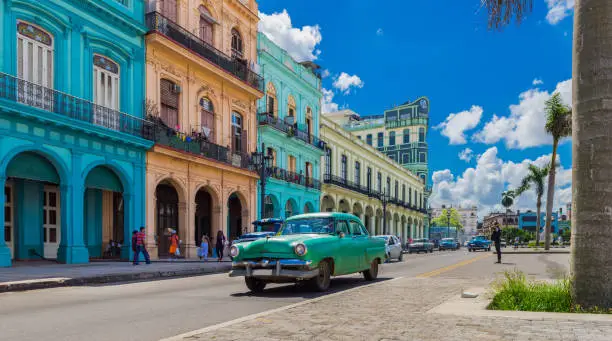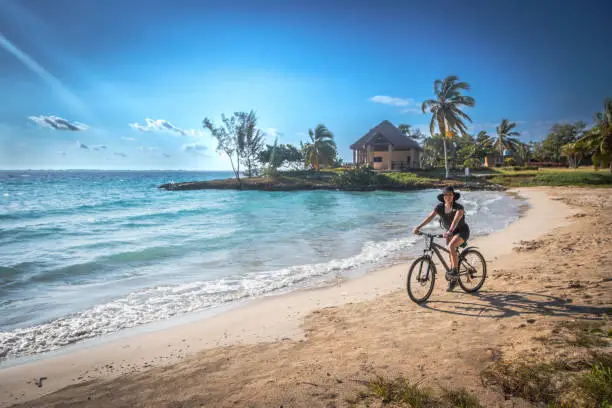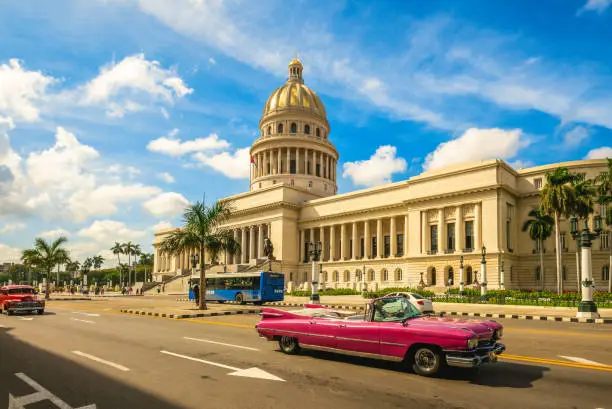6 Tips on How to Plan Your Perfect Trip to Cuba
Travelers worldwide have been fascinated by Cuba’s rich traditions, incredible beaches, and unique history. Like any other destination, it is essential to plan thoroughly before arriving to get the most out of your visit.
This guide lists six crucial tips for planning a Trip to Cuba that will ensure an unforgettable experience.
1.Choose the Right Season for Your Visit
Cuba is warm throughout the year, but understanding the seasons can help you pick the best dates for your trip. The peak traveling season and the dry season are from November to April. Expect pleasant temperatures and lower levels of rain and humidity. This is great for anything from walking through the colonial streets of Havana to soaking up the sun on the Varadero beaches. Although you can expect lower temperatures, there will be larger crowds and higher prices.
The low traveling season is May through October, with more rainfall but less humid. The months of September and October have the highest chances of hurricanes. While this season poses risks and is less popular, it is excellent for budget travelers, as prices drop significantly and the tourist influx is reduced. Budget, however, does keep an eye on the weather report.
2. Plan for Accommodation and Transportation

Cuba’s tourism infrastructure is still developing, so options are much more limited than other hit tourist hotspots. If you are looking to visit during peak season, be sure to book accommodations well in advance. Travelers are offered various lodging options, including luxurious hotels, “casas particulares,” and private homes owned by locals willing to rent them out. Tourists prefer these for a more authentic experience and an opportunity to mingle with locals.
Transportation can be a hassle, too. Public transport is virtually non-existent, so many tourists tend to drive or rely on buses and taxis. By booking transportation, especially for intercity travel, you can significantly reduce your stress and save time. For a bonus, consider traveling in a classic car. It is a unique experience that Cuba is known for. If you’d like to travel from city to city, consider using the Viazul bus system or book a shared taxi. Both options are cheap alternatives in case car rentals have all been booked or you’re on a budget.
3. Brush Up on Spanish and Cuban Culture
English is not widely spoken in Cuba, and the chances of encountering someone who speaks the language are limited, even within tourist areas. Hence, learning a few common phrases, especially in Spanish, is always recommended. This can enhance your experience, especially when dealing with locals in restaurants or markets.
To understand Cuba better, you should learn more about its culture and history. Cubans are known for their friendliness and pride in their culture, so knowing a little bit about their history can help bridge cultural gaps. This can enhance the quality of experiences and opportunities for genuine engagement.
4. Plan Your Budget and Currency Options
Cuba’s dual currency system is much simpler than before. The Cuban Peso is now the sole official currency, although many services still pay with foreign currencies like U.S. dollars and euros. Keep in mind that this requires thoughtful budgeting. There are only a few ATMs in the area, and credit cards, especially ones from U.S. banks, are rarely accepted. Ensure you have enough cash, preferably in small bills, and exchange them at banks or chartered currency exchange offices.
It is essential to remember that Cuba has different pricing for tourists than locals, so try to spend wisely according to your planned destination. It is always good to budget for the known and unknown, such as tips for guides and extra transportation to prevent unwanted financial woes.
5. Choose Experiences Wisely to Make the Most of Your Time
Cuba has many places to visit and things to do to suit everyone, but prioritizing is essential to avoid feeling overwhelmed. Colonial-styled architecture, colorful streets, regal plazas, and rich history await tourists in the cities of Havana and Trinidad. On the other hand, the calm beaches of Varadero and Cayo Coco are perfect for beach lovers, and nature lovers will enjoy the famous tobacco viñales valley, which is well known for its limestone mountains.
With custom tours in Cuba, you can fully take advantage of insightful local experts. These guides will take you to places generally unheard of in standard tours, helping you experience Cuba in a manner unrestricted by tourism.
6. Embrace the Cuban Pace and Stay Flexible

Everything in Cuba does not run on a strict timetable. Power outages, delays, and no reliable Wi-Fi can hinder your plan. However, this slower pace is part of Cuban life, and embracing it can enhance your trip to cuba.
Cuba’s internet access is more restricted than that of other destinations, with Wi-Fi only available in certain public places and select hotels. To improve your experience, try to arrange your online activities or buy a Cuban SIM card upon arrival. But why not take this opportunity to disconnect, wander offline, and immerse yourself in the culture?
Conclusion
If you have the right plans and are open to adventure, Cuba is like no other traveler’s dream. From the island’s vibrant salsa nights in Havana to the calm beaches and green countryside, any fortune teller would be weak in the knees. Make sure to follow the provided steps to satisfy both the wanderer and the nomad in you, thus fully experiencing Cuban culture and charm.
So, pull your guidebooks out and start your suitcase for an unforgettable trip to Cuba!





